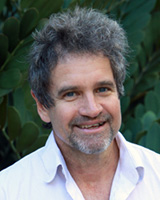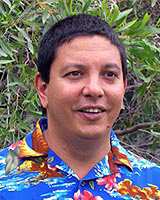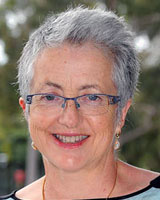Now published, see the full article 
Early Abstract:
Background: While all James Cook University (JCU) medical students undertake rural placements throughout their course, a proportion (approximately 10 per year out of 170-190 final year students) undertake extended rural placements in rural and remote towns – 5-month Integrated Rural Placement (IRP) or 10-month Longitudinal Integrated Clerkship (LIC) programs. This study uses a return-on-investment (ROI) approach to quantify student and rural medical workforce benefits arising from these ‘extended placements’ between 2012-2018.
Methods: Seventy-two JCU MBBS graduates participated in an extended rural placement between 2012-2018. In 2019, 46 of these graduates who had reached PGY2+ and provided consent to be contacted for health workforce research were emailed a link to an online survey. Questions explored the key benefits to students’ development of competencies and to rural medical workforce as a direct result of student participation in the IRP/LIC activities, as well as estimations of costs to students, deadweight (how much change would have occurred without participating in an extended placement), and attribution (how much change occurred due to other programs or experiences). The key student and rural medical workforce benefit were each assigned a ‘financial proxy’ to allow calculation of the return-on-investment from 2013 to 2019 as a dollar value, compared to the costs to students and to the JCU medical school from implementing the IRP/LIC programs between 2012-2018.
Results: Twenty-five of the 46 JCU medical graduates who undertook an extended placement responded (response rate=54%), reporting the most common (96%) and most important benefit (56%) from their extended placement was “greater depth and breadth of clinical skills”. Seventy-five percent (18/24; 1 missing response for this question) of the respondents also reported intending to have a fulltime career in rural and remote practice. The overall costs of undertaking an IRP or LIC program for students between 2012 and 2018 was calculated to be $60,264, while the cost to the JCU medical school for sending 72 students out on extended rural placements was calculated as $32,560, giving total costs of $92,824. Given the total value of benefits ($722,238) calculated for the key student benefit of increased clinical skills and confidence in internship year from participating in an extended placement ($37,565) and for the key rural medical workforce benefit of willingness to work in a rural or remote town ($684,673), the return-on-investment from the extended rural programs between 2013 to 2019 (after students graduated and entered the workforce) is calculated at 7.8 dollars for every dollar spent.
Conclusions: This study confirms that undertaking an extended placement has significant positive impacts on final-year medical students’ clinical confidence, clinical skills and communication skills going forward into their internship year. In addition, the extended placements also have longer-term impacts on non-metropolitan health workforce by inspiring more JCU medical graduates to take up Rural Generalist, rural GP or Generalist Specialist positions in rural and remote towns. This positive return-on-investment from extended rural placements is important evidence for shifting the conversation around supporting these programs from one of cost to one of value.




